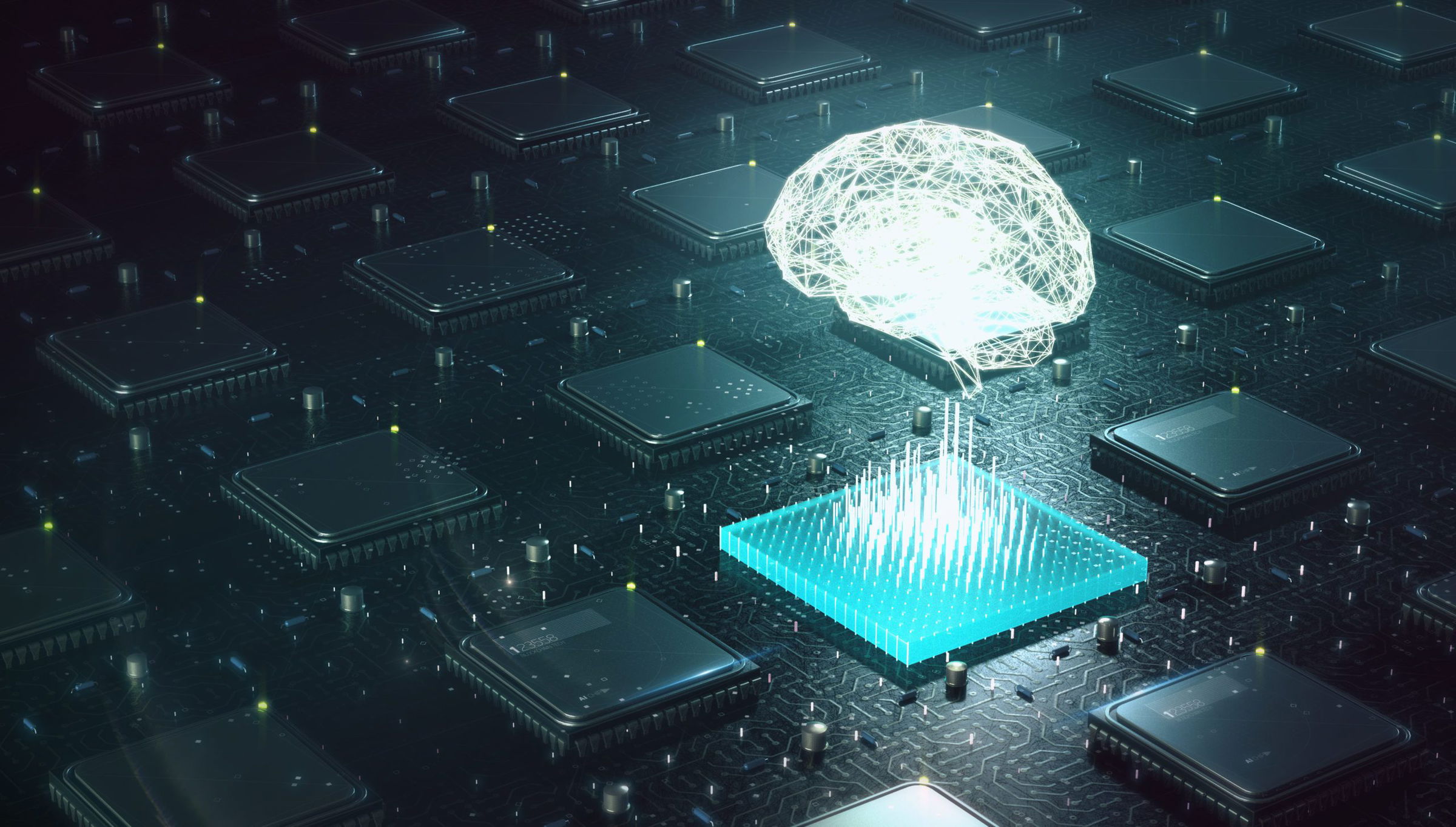Machine learning is a rapidly growing field that has become increasingly important in many industries in recent years. It involves the use of algorithms and statistical models to enable computers to learn from data and make predictions or decisions without being explicitly programmed to do so. Therefore, jobs in the field of machine learning and data analytics are continuously rising. If you want to enter this growing field and learn machine learning, then machine learning certification courses are one of the best ways to do so.

If you’re interested in building a career in data analytics in 2023, this guide will provide you with all the information you need to get started.
Here is how you can learn machine learning.
Understand the basics
Before diving into the world of machine learning, it’s important to have a good understanding of the basics. This includes understanding the different types of machine learning, such as supervised learning, unsupervised learning and reinforcement learning. This also includes algorithms and models used in each type.
Learn the programming languages
To learn machine learning, you’ll need to have a solid foundation in programming. Some of the most popular programming languages used in machine learning include Python, R and Java. It’s recommended to start with Python as it’s widely used and has a large community that offers plenty of resources and support.
Choose your tools
In addition to programming languages, you’ll also need to choose the right tools for your machine-learning projects. This includes frameworks like TensorFlow and PyTorch. This provides pre-built models and algorithms that you can use in your projects. Other tools like Jupyter Notebook, Pandas and NumPy are also essential for data manipulation and analysis. If you want to build a career in data analytics, then these tools can be really helpful.
Build your knowledge
To become proficient in machine learning, it’s important to build your knowledge through a combination of theory and practice. There are plenty of resources available online, including courses, books and tutorials. One of the best machine learning certification courses to get started is the Postgraduate Program in Data Analytics and Machine Learning.
Get hands-on experience
While learning the theory is important, getting hands-on experience is essential to becoming a skilled machine learning practitioner. This can be achieved through personal projects or by working on real-world problems. The Postgraduate Program in Data Analytics and Machine Learning by Imarticus focuses on practical knowledge and a job-oriented curriculum.
Join the community
Joining the machine learning community can help you learn faster and stay up-to-date with the latest developments in the field. There are plenty of online communities, including forums, slack groups and social media groups, that provide opportunities to connect with other machine learning practitioners and ask questions.
Keep learning
Machine learning as a concept is rapidly evolving. Hence, it’s critical to keep up with discoveries and updates in this field. This can be achieved through reading research papers, attending conferences and workshops and taking advanced courses.
Postgraduate program in data analytics and machine learning
Imarticus is a leading course platform that offers job-oriented certifications to help young professionals learn new skills like data analysis, machine learning and more. The Post Graduate Program in Data Science and Analytics is a 6-month job-oriented certification course offered to young professionals to help them learn machine learning and build a career in data analytics.
The course helps students build analytical models to solve real-world problems and improve business decisions. The machine learning certification course also offers a job interview guarantee that allows students to work with companies like Cognizant, IBM, Goldman Sachs, Standard Chartered and more. Following are the various benefits of completing the Post Graduate Program in Data Science and Analytics by Imarticus:
Young professionals are provided with a completion certificate by KPMG to boost their CVs.
The course also offers career services like interview workshops, mentorship, skill development workshops, career counselling, profile development and more.
The Post Graduate Program in Data Analytics and Machine Learning also provides students with a chance to participate in national-level competitions like KPMG India-organised hackathons.
Final thoughts
Learning machine learning requires a combination of theory, practice and community involvement. By following the steps outlined in this guide, you’ll be well on your way to becoming a skilled data analyst and machine learning practitioner in 2023. Enrol in the machine learning certification course by Imarticus to learn essential skills and take advantage of dedicated career services.
Remember to stay curious and keep learning as the field continues to evolve.













